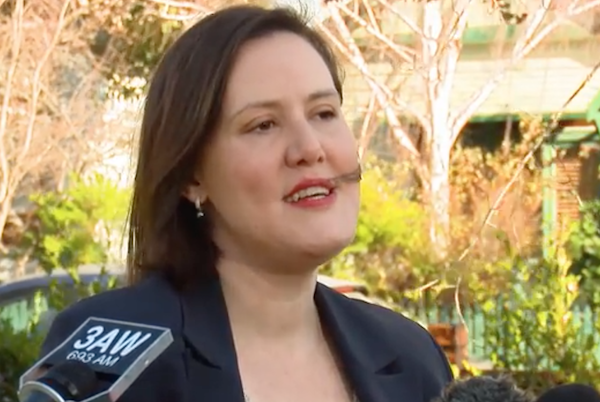The amount isn’t a lot but if (like me) you have more than one little or big women in your household, then you know the cost is going to add up.
But this really isn’t about economics, it’s a matter of principle and it just so happens that a federal election is looming.
After 17 years of public campaigning since the GST was introduced, Treasurer Scott Morrison announced over the weekend that the federal government would remove the tax on tampons if it gets the unanimous support of state and territory governments.
The move is a modest diversion for the government on tax and women’s issues, as it campaigns to push through a reduction in company tax rates, as promised in the May Budget.
Earlier this year, Opposition leader Bill Shorten pledged that Labor would support a Greens Bill to abolish the tampon tax.
The GST is currently applied to tampons and sanitary products on the basis that these items are a luxury-spend, while GST is not applied to condoms or Viagra as these are deemed essential health items.
Speaking at a media conference, the Treasurer said: “I think it’s [the tampon tax] an anomaly that has been built into the system for a long time and the states have decided to hold on to the money instead of getting rid of it.”
Federal Minister for Women Kelly O’Dwyer told media over the weekend that the “time is right” for scrapping the tax, and called on the states and territories to agree to do it. A number of states have already given their support.
Bob Deutsch, senior tax counsel at the Tax Institute, said that if razors are excluded from GST, then women’s hygiene products should be too.
“We accept that on a per head basis that the saving for women will be modest but given that a lot of women are low income earners, this will be a bonus for them,” he said.
Liberal Senator Amanda Stoker has previously said the GST on sanitary products costs women about $11 a year, and was a stretch for only a small number of women.
But according to Roy Morgan research, the cost is likely to be much more because Australia women don’t just stop at buying one packet of sanitary goods a month.
Women aged 14 to 54 make up around a third of the country’s population, and around two-thirds of them buy (and pay tax on) one or more of these products at least once in an average four weeks.
One in 10 women buy up to three items a month, including panty liners, tampons and pads.
It’s estimated there are at least 85,000 women in Australia who are homeless or living in poverty, who cannot afford to buy women’s sanitary products.
These women will often use rolled up toilet paper, rags or stay at home when they have their periods, according to the charity Share the Dignity.
Australia has some international ground to make up on the controversial tax.
Just last month, India announced it would scrap a 12 per cent tax on women’s tampons and sanitary products, as part of significant reforms to bring the fast-growing nation under the umbrella of a single tax system.
Since the GST was introduced in 2001, the federal government has collected just over half a billion dollars in total revenue over 17 years, thanks to the sale of tampons.
If you consider that some women have been paying for sanitary items for the past 17 years, that equates to between $170 and $680 per woman.
That’s money we’d much rather keep.



